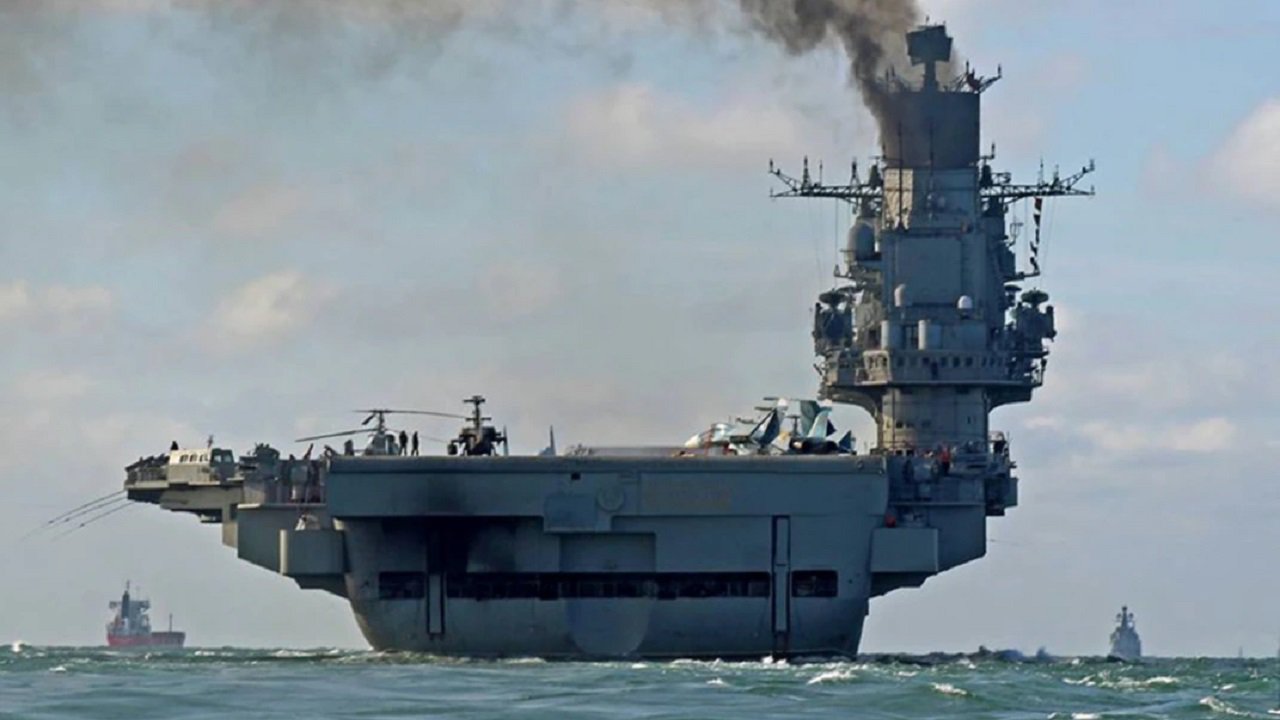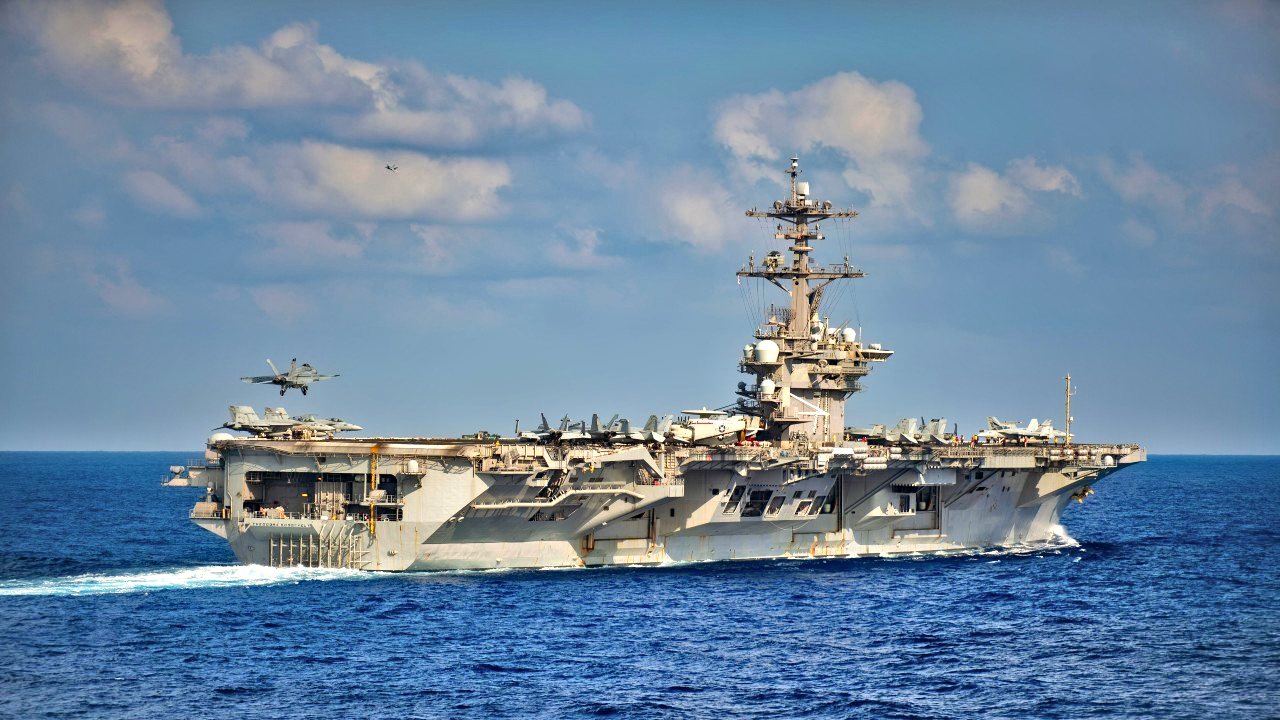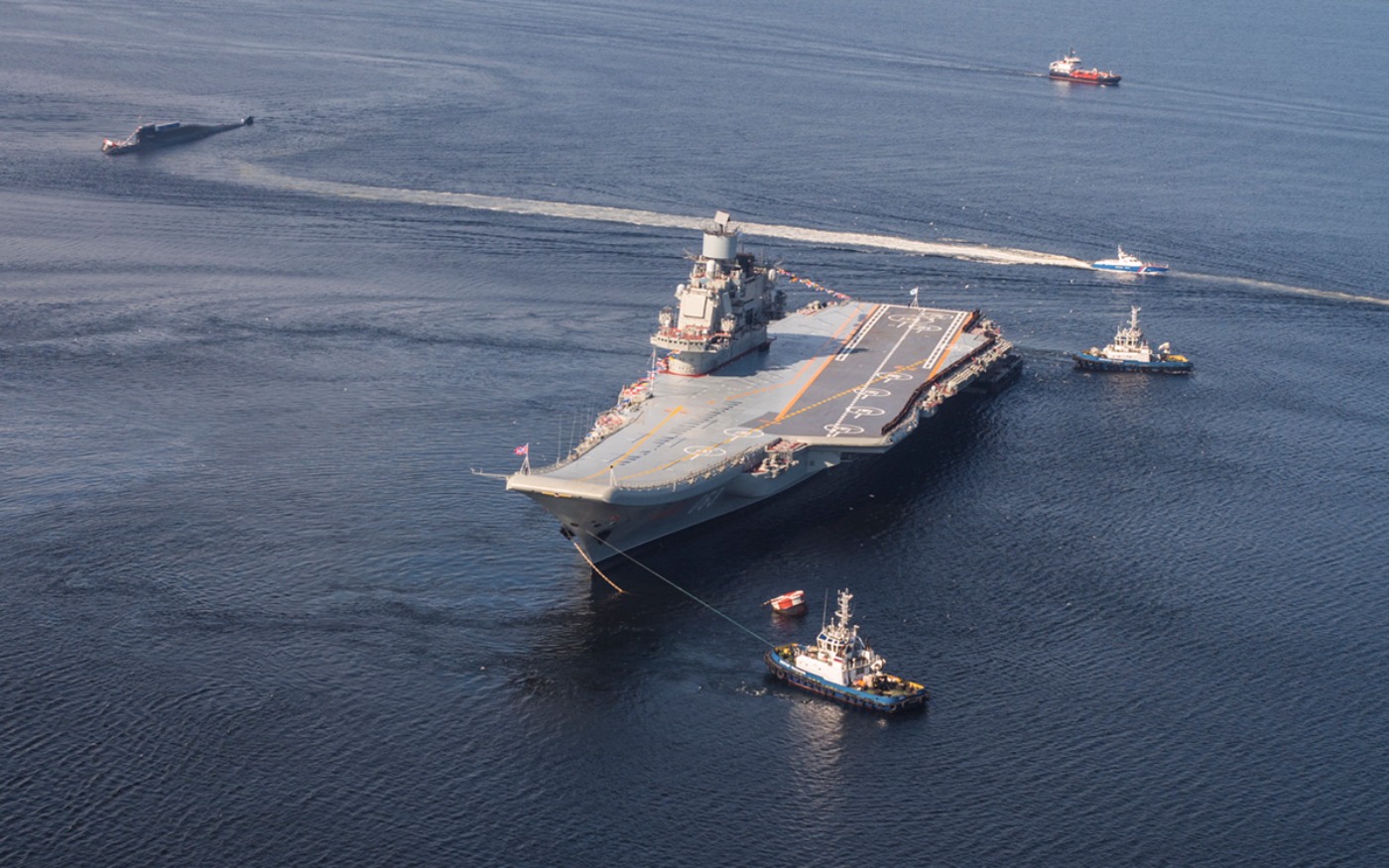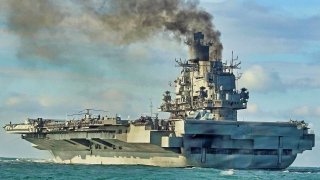3 Fast Facts Why Russia's Only Aircraft Carrier Should Be Scrapped
The Russian military has faced significant criticism recently, particularly due to its invasion of Ukraine. This conflict has highlighted deficiencies in Russian military equipment and tactics. Notably, the Russian tank corps has suffered heavy losses, and the battleship Moskva was sunk.
Summary and Key Points: The Russian military has faced significant criticism recently, particularly due to its invasion of Ukraine. This conflict has highlighted deficiencies in Russian military equipment and tactics. Notably, the Russian tank corps has suffered heavy losses, and the battleship Moskva was sunk.

-The aircraft carrier Admiral Kuznetsov has been absent from the conflict, undergoing extensive and delayed repairs. The Kuznetsov, reliant on the outdated fuel Mazut and using a less effective bow ramp for aircraft launches, has been plagued by maintenance issues and mechanical failures.
-These shortcomings have raised doubts about its future operational capabilities.
Admiral Kuznetsov: The Troubled Journey of Russia’s Aircraft Carrier
The Russian military has been the focus of intense criticism lately. The emphasis of the criticism has been placed largely on the way the Russian military has been used—to invade neighboring Ukraine. But the invasion has also exposed shortcomings with the quality of Russian military equipment and tactics, which have, in turn, received their own measure of criticism.

While the Russian military has failed to secure crucial Ukrainian cities or the airspace above, Russian equipment has routinely failed, proving vulnerable to relatively low-tech Ukrainian defense systems. For example, the Russian tank corps, consisting mostly of Cold War-era relics, has been obliterated. The battleship Moskva was, shockingly, sunk. And the Russian's lone aircraft carrier, the Admiral Kuznetsov, has missed the battle entirely while undergoing upgrades and repairs—a process years behind schedule.
In most respects, the Admiral Kuznetsov has been considered a failure; let's consider why.
Outdated Fuel Source
Whereas most modern aircraft carriers (including each of the U.S.'s eleven carriers) run on nuclear power, the Kuznetsov runs on a petrochemical called Mazut. Mazut is a goopy, tar-like substance. Sailors despise Mazut, the standard fuel for military and commercial vehicles until the 1970s. The upside of Mazut is that the thick viscosity of the sludgy substance creates a high volume-to-energy ratio relative to lighter distillates.

Yet, the drawbacks of using Mazut are numerous – there is a reason why modern ships are built around nuclear or gas turbine propulsion systems rather than Mazut-burning propulsion systems. For one, the Mazut-burning Kuznetsov cannot match a nuclear-powered carrier's twenty to twenty-five-year endurance. Mazut requires constant replenishment, the same as your gas-powered car.
Mazut is considered a Bunker B or Bunker C fuel. Bunker is an old term for the fuel marine vessels use and is classified into A, B, or C ranking based on their boiling points, carbon-chain lengths, and viscosities. A ranks higher than B, which ranks higher than C. So, Mazut is a low-quality fuel, in part because it produces so much sulfur and has such negative effects on the environment and the health of the sailors. The byproduct of burning Mazut, a thick, black smoke, can be seen spewing from the Kuznetsov when she is underway. And the sailors, exposed to the smoke on the Kuznetsov, report having a near-impossible time removing the grime from their clothing and hair.
Bow Ramp
Modern aircraft carriers typically use a catapult to pull aircraft down the deck, allowing the aircraft to generate enough speed to sustain flight once the plane reaches the end of the deck. Carriers like the Nimitz-class use a steam-powered catapult. The newer Ford-class uses a magnetic-powered catapult known as the EMALS. The Kuznetsov uses neither steam-powered nor magnetic-powered catapults. Rather, the Kuznetsov uses a simple bow ramp to launch aircraft. With a bow ramp, which curves upward like the lip of a skateboard half pipe, a self-powered jet simply rolls down the ramp, accelerating and taking an upward angle sufficient to maintain flight. However, the bow ramp is less effective than a catapult, meaning that less speed is attained, and consequently, only lighter aircraft can be launched.

The results are tactically significant: aircraft launching from the Kuznetsov must reduce the ordnance and fuel to meet the takeoff weight requirements. Less ordnance means less firepower. And less fuel means less patrol time/range. So, in effect, the bow ramp significantly constrains the aircraft of the Kuznetsov. That's a significant problem—the fundamental purpose of the Kuznetsov is to ferry and launch aircraft, allowing Russia to project airpower without relying on fixed airfields; the bow ramp interferes with the Kuznetsov's fundamental purpose.
A Beleaguered Lemon
The Kuznetsov has a spotty maintenance record. Part of the problem relates to using Mazut as a fuel source. Burning Mazut is complicated, requiring the fuel to be preheated and pressurized with an intricate system of boilers and pipes. Yet, the Soviets built the Kuznetsov with low-quality pipes—a glaring deficiency in a vessel that depends on solid piping. Because of the shoddy piping, the Kuznetsov is often forced to limit exertion upon the boilers. And the boilers break down, too. The Kuznetsov is often reduced to alternating between working boilers; sometimes, the Kuznetsov must rely on just one boiler at a time, which reduces the boat's speed to a meager four knots.

Similarly, the Kuznetsov's steam turbines are so bad that she needs a tugboat escort—just in case she breaks down.
At present, the Kuznetsov is undergoing retrofits. The process has been delayed—by fire and accident—leaving many to wonder whether the Kuznetsov will ever sail again.

About the Author
Harrison Kass is a seasoned defense writer with over 1,000 articles posted. An attorney, pilot, guitarist, and minor pro hockey player, Harrison joined the U.S. Air Force as a Pilot Trainee but was medically discharged. Harrison holds a BA from Lake Forest College, a JD from the University of Oregon, and an MA from New York University. Harrison listens to Dokken.
All Images: Shutterstock.com and Creative Commons.


